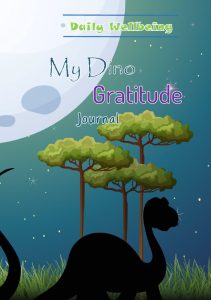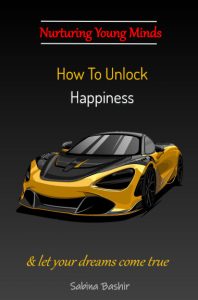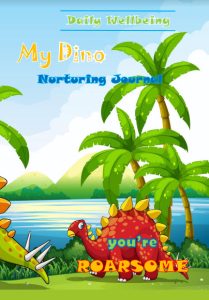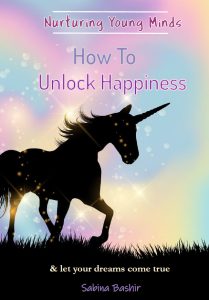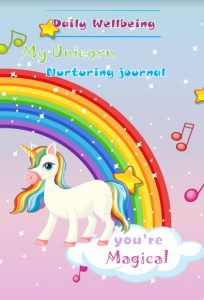5 Day Trial - Native American Red Indian Week
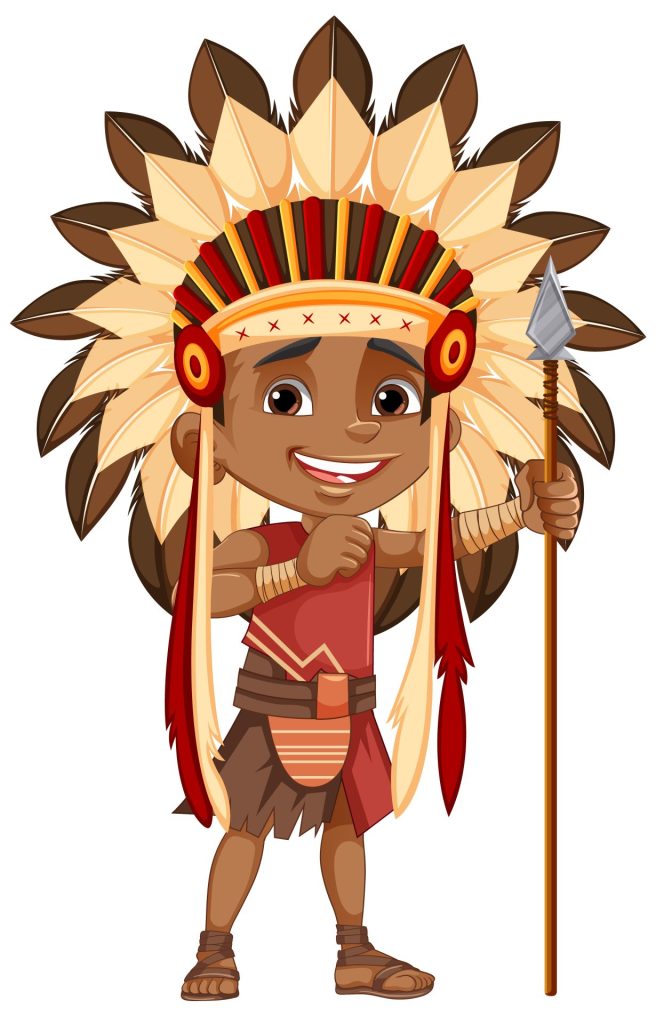
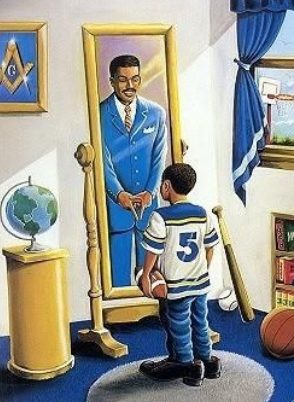
This week is all about identity
How we see ourselves and want to be seen by others.
In Native American culture, “Our Name” is not just a label that people call us by, but an expression of who and what we are.
The Native Americans have a deep respect for the natural world and believed that everything in nature was connected. Therefore, when a child was given a name, it reflected a natural element or animal, honouring their connection to the world around them.
Red Indian names carried a lot of power. They shaped how they saw themselves and how others saw them too. So, when a Native American child received a name, it had to reflect their strengths or virtues, affirming their unique qualities.
Therefore, all names were positive and empowering, as what they were named, was what they became.
This week children will go on a journey of self-discovery and connect to nature and discover their true identity. What their strengths, likes, dislikes are. What they connect with in nature.
- This journey of self-discovery will lead to them choosing their own appropriate Red Indian name
- Native American names were often given in special ceremonies, so at the end of the week there will be a naming ceremony.
- All names must be approved by a significant elder, for example the headteacher.
- So this week, we’re going to think about the qualities and aspects of nature that resonate with us and choose names that reflect who we are and what we value. We’re also going to discover our own hidden strengths.
- Teachers are encouraged to choose their own Red Indian names during the week too and undertake the process with the children.
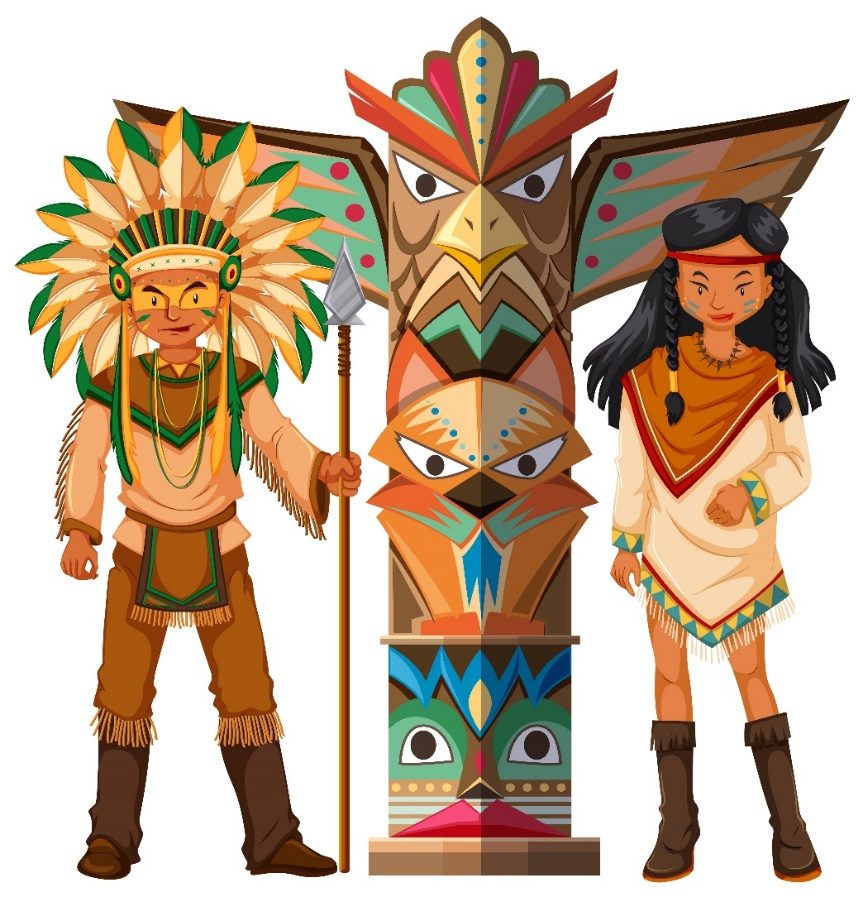
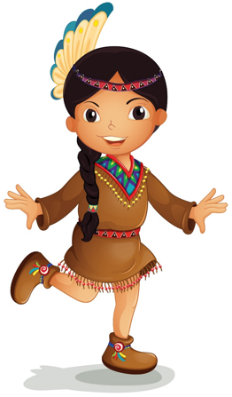
Similarities and Differences
This week will also be about understanding children’s similarities and differences.
Before the activity starts separate the children into tribes of similar qualities. Use the qualities below for each of the following tribes.
- Cherokee
- Sioux (pronounced Sue)
- Navajo
- Apache
- Iroquois (pronounced Irokwai)
Do this like a “Sorting Hat” style activity as we saw in Harry Potter, where similar children are put into the same house.
Sorting Hat Clip – Harry Potter
- Cherokee: Known for their peaceful nature and strong sense of community. Children who are nurturing/caring, enjoy nature and value harmony and cooperation. (Symbol: leaf)
- Sioux: Renowned for their athletic abilities, horse riding and traditional ceremonies. Children who enjoy challenges, problem solving, are adventurous and physically active could be part of this tribe. (Symbol: horse)
- Navajo: Recognised for their connection to the land, weaving and spirituality. Children who show artistic abilities, appreciate nature, and have a spiritual or introspective side could be placed in this tribe. (Symbol: heart)
- Apache: Known for their independence, resilience and bow and arrow skills. Children who excel in sports are determined, self-reliant and might fit well into this tribe. (Symbol: bow and arrow)
- Iroquois: Valued for their political organisation, democratic governance and longhouses. Children who demonstrate leadership qualities, enjoy teamwork and are diplomatic in resolving conflicts could be placed in this tribe. (Symbol: feather)
The activities during the week should sit on top of the existing timetable and enhance it, not impair it. It should also not interfere with any scheduled planning.
These provide the 5 elements of the Build-a-B.R.A.I.N.TM Program.
B – building neural pathways for better brain balance and health
R – Resilience to cope better with life
A- Activity to reduce stress and improve general health
I – independence and self-reliance
N – Nurturing Relationships
This is achieved through mental and physical activities.

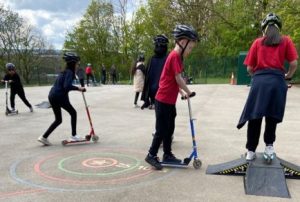
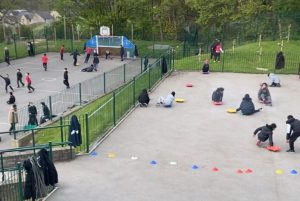
Self-Image – Naming Activity – Mental Health
-
The naming activity is a pre-register activity, and simply requires the child to think of 2-3 words associated with nature on each of the 4 days of the week – they choose their Red Indian name on the 5th Day from all the words chosen.
-
Simply play the music on the Activities PowerPoint to change the children’s mood and leave the screen up about the naming activity so that they can think of a couple of words to fill in the activity sheet. There is a different piece of music for each day.
-
Then they create their own name symbol that represents their name, on a piece of card. This is done on Day 5, or at home, after school on Day 4. This will be presented to them at the naming ceremony as their new name is announced to the class.
Physical Activity
In addition to the naming activity, there is an end of week Agility Tournament, and children will practice for this during break and lunchtimes.
There are 2 additional practical/physical activities and one mindfulness exercise that they will take part in each day.
These take place:
a. During First Break (10 mins, directed by staff)
b. End of break/ before the start of the next lesson
c. During Lunchbreak (10 mins, directed by staff)
d. End of Lunchbreak / during the start of the next lesson
e. During plenaries
The Native American Indians were skilled athletes. Keeping with the theme. The children will take part in an obstacle race to see who is the best skilled, agile runner.
To this end, the children will practice each lunchtime and breaktime towards a tournament. All the tribes will take part.
The adults design an obstacle course for the children to run.
The activities they practice each day, will resemble Sport’s Day style activities involving relays, long jump, hurdles etc. which involve teamwork. The idea is for children to work towards a goal.
But this is only for 10 minutes at breaktime and 10 minutes at lunchtime directed by staff. After this children are free to play on their own.
The reason for this is because:
Although playtime and lunchtime should be the times children have time to relax from schoolwork, often, this is the time when most conflicts and bullying occur.
By giving children a goal to work towards, reduces the number of conflicts they have during this time. It also focuses their attention and makes them more collaborative.
By having even 10 minutes of staff directed activities at the beginning of each breaktime (supported by peer mentors), encourages children to play better together the rest of the playtime, when they have no adult input. It reduces conflict, and also ensures that they are more likely to interact with children they don’t normally think of playing with, improving their social skills. This also ensures children are not isolated or ostracised. Improving behaviour and releasing stress before they return to lessons.
After all the physical activity of playtime. Children need to calm their minds in preparation for their new learning tasks. The 5 minute activities at the start of the lessons, after break and lunch are to refocus children’s minds to working. These act as an anchor to signal the change from play to lesson time.
Neurodiverse children in particular struggle to settle if they have not had that cue that their body and mind need to calm down to start working again.
After the first break, children do a mindfulness exercise and after lunch break, they do a brain gym exercise. If they are very unsettled, they can do brain gym again as well as the mindfulness exercise.
KS1 who have a second playtime, can have free time the second play, but follow the format of KS2, for the rest of the time.
Children who are neurodiverse struggle with sitting still for long periods of time. This can make them fidgety and uncomfortable. Having practical plenaries during lessons gives them a brain break and helps them to focus longer, improving lesson engagement.
A physical plenary could include: asking all children to stand up when asking them questions and asking them to sit down when they have answered. They could come to the board to write their answer and so on.
Anything, that gets them to get out of their seats and stretching their legs during the lesson, giving their brain a break will make them better able to focus.
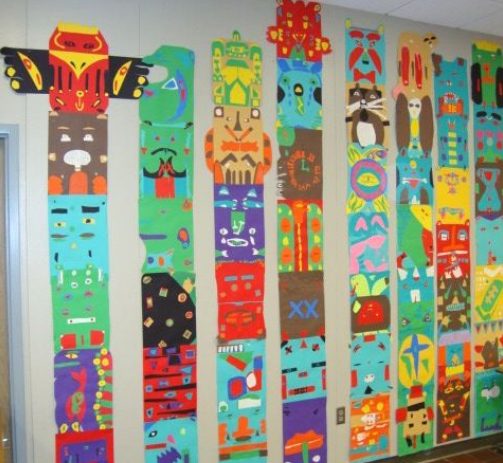
If you need more assistance then you can get more support from our Facebook group.




